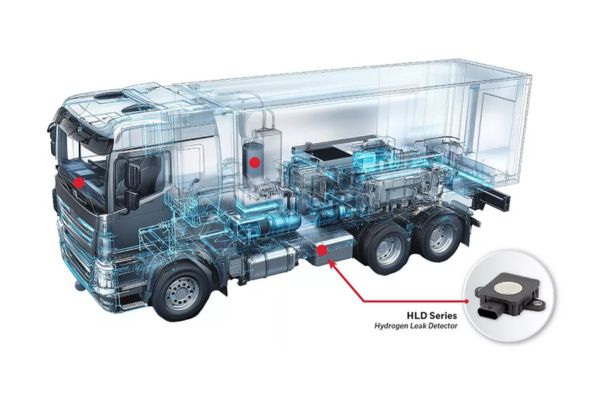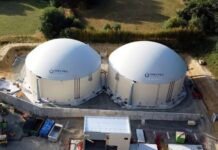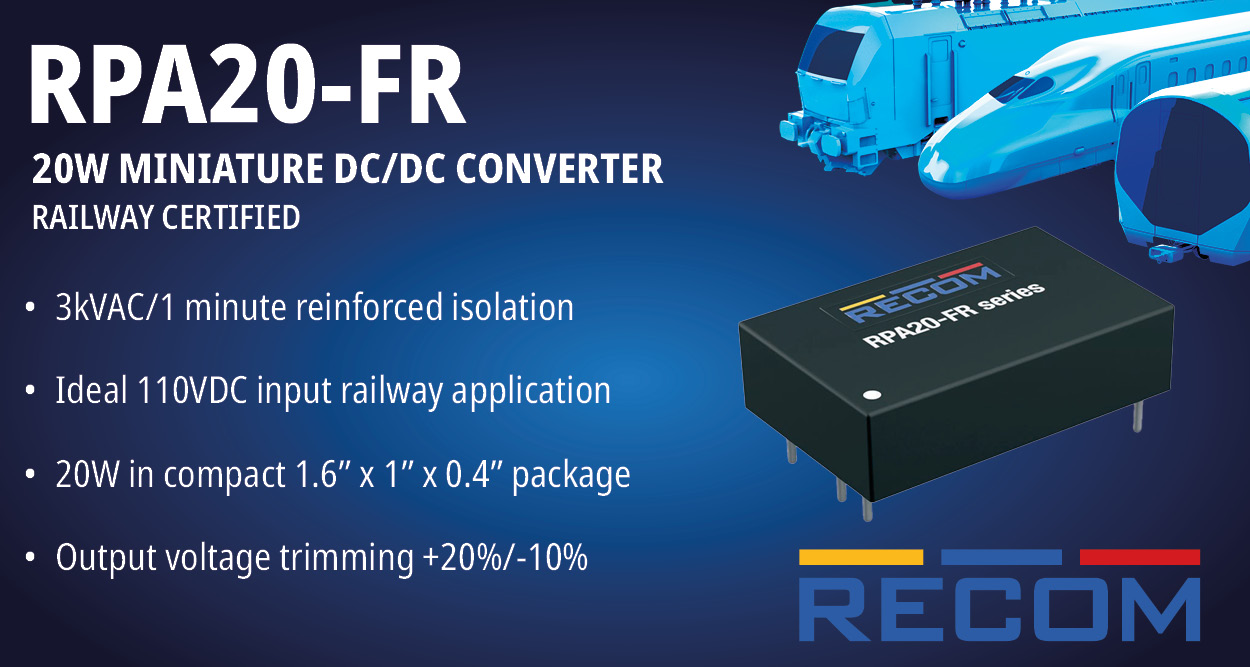Honeywell, announced a new Hydrogen Leak Detector (HLD) solution engineered specifically to identify microscopic hydrogen leaks in real time to help ensure the safety of hydrogen-powered systems. By using cutting-edge Thermal Conductivity Detection technology, Honeywell’s new HLD sensor can reliably identify tiny hydrogen leaks as small as 50 parts per million.
As with other forms of energy, management of the safety risks of hydrogen-powered solutions is crucial. Hydrogen is colorless, odorless, highly flammable and rapidly diffused, making a leak difficult to detect and allowing the gas to easily escape a storage tank or pipe through seals and joints, creating risk of fires and explosions. With the introduction of Honeywell’s new sensing technology, operators can now intervene early and stop a leak before it becomes a substantial safety risk.
“Hydrogen has tremendous potential to power our global infrastructure, but it must be done with safety top-of-mind,” said Moin Shafai, chief technology officer of Honeywell Sensing Solutions. “By innovating in leak detection technologies, Honeywell is helping to safeguard hydrogen-powered systems and the people who operate them as global demand continues to grow.”
BWR Innovations is an early adopter of Honeywell’s HLD solution, leveraging the new technology to further enhance safety as it modernizes energy infrastructure with industry-leading hydrogen solutions. The company’s Oncore Energy system, a versatile hydrogen fuel cell generator for home and commercial applications, features Honeywell’s HLD sensors.
“The integration of Honeywell’s HLD sensor into our Oncore Energy System provides us with reliable leak detection that reinforces operational safety for our hydrogen-powered system and enables continuous monitoring of our equipment in real time,” said Adam Jorgenson, Chief Operating Officer at BWR Innovations.
With hydrogen helping run critical infrastructure such as construction equipment, residential power generators, heavy duty trucks and busses, worldwide demand is quickly growing. According to a report from the Hydrogen Council, approximately 90,000 hydrogen fuel cell vehicles were on the roads globally in 2024, up 14% from 2023.1
Unlike other hydrogen detection technologies that require frequent calibration, Honeywell’s HLD sensor is designed to operate without regular manual intervention. When the HLD sensor is installed adjacent to a hydrogen storage tank, gas piping, fuel cell or vehicle cabin, it does not need to be adjusted or manually calibrated for 10 years. With less required maintenance, operators are able to avoid equipment downtime and minimize labor costs in critical sectors like construction, power generation, ground shipping and air transport.








![SMART ENERGY WEEK [September] 2025 to Lead Global Renewable Energy Advancements SMART ENERGY WEEK](https://timestech.in/wp-content/uploads/2025/07/Untitled-design-2025-07-31T112230.406-218x150.jpg)









